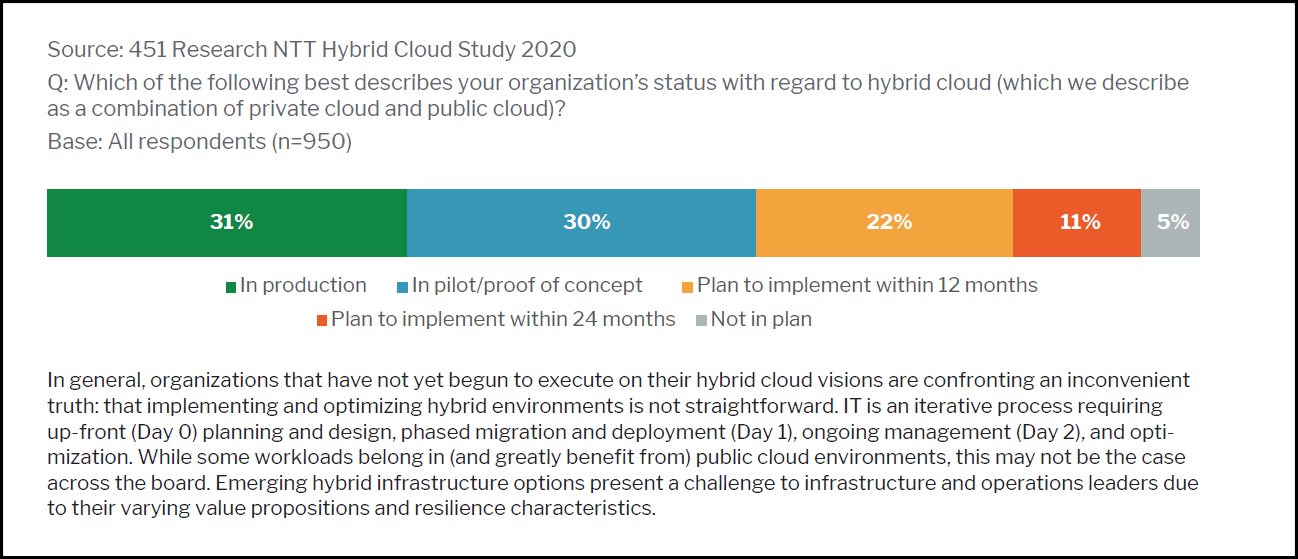-
Featured services
2026 Global AI Report: A Playbook for AI Leaders
Why AI strategy is your business strategy: The acceleration toward an AI-native state. Explore executive insights from AI leaders.
Access the playbook -
Services
View all services and productsLeverage our capabilities to accelerate your business transformation.
-
Services
Network Services
-
Services
Cloud
-
Services
Consulting
-
-
Services
Data and Artificial Intelligence
- AI and Intelligent Solutions
- Data/AI Strategy and Program
- Data Engineering and Platforms
- Data Governance and Management
- Data Visualization and Business Decision
- GenAI Consulting
- GenAI Platforms
- GenAI Industry Services
- GenAI Infrastructure Services
- GenAI Value Transformation
- View Data and Artificial Intelligence
-
Services
Infrastructure Solutions
-
Services
Global Data Centers
-
Services
CX and Digital Products
-
Services
Application Services
-
Services
Sustainability Services
-
Services
Digital Workplace
-
Services
Business Process Services
-
Services
Generative AI
-
Services
Cybersecurity
-
Services
Enterprise Application Platforms
![]()
Accelerate outcomes with agentic AI
Optimize workflows and get results with NTT DATA's Smart AI AgentTM Ecosystem
Create your roadmap -
-
-
Insights
Recent Insights
-
The Future of Networking in 2025 and Beyond
-
Using the cloud to cut costs needs the right approach
When organizations focus on transformation, a move to the cloud can deliver cost savings – but they often need expert advice to help them along their journey
-
Make zero trust security work for your organization
Make zero trust security work for your organization across hybrid work environments.
-
-
![]()
2026 Global AI Report: A Playbook for AI Leaders
Why AI strategy is your business strategy: The acceleration toward an AI-native state. Explore executive insights from AI leaders.
Access the playbook -
-
2026 Global AI Report: A Playbook for AI Leaders
Why AI strategy is your business strategy: The acceleration toward an AI-native state. Explore executive insights from AI leaders.
Access the playbook -
Discover how we accelerate your business transformation
-
About us
CLIENT STORIES
-
Liantis
Over time, Liantis – an established HR company in Belgium – had built up data islands and isolated solutions as part of their legacy system.
-
Randstad
We ensured that Randstad’s migration to Genesys Cloud CX had no impact on availability, ensuring an exceptional user experience for clients and talent.
-
-
CLIENT STORIES
-
Liantis
Over time, Liantis – an established HR company in Belgium – had built up data islands and isolated solutions as part of their legacy system.
-
Randstad
We ensured that Randstad’s migration to Genesys Cloud CX had no impact on availability, ensuring an exceptional user experience for clients and talent.
-
![]()
2026 Global AI Report: A Playbook for AI Leaders
Why AI strategy is your business strategy: The acceleration toward an AI-native state. Explore executive insights from AI leaders.
Access the playbook -
- Careers
Topics in this article
Over the past two years, several converging and often competing forces have made managing and operating an enterprise IT estate more challenging than ever. The emerging preeminent problem is a pressing need to enable a remote and distributed workforce, which requires a renewed focus on user experience and accessibility to data and applications without compromising security.
Against this backdrop, the specialized hybrid cloud skills required to plan and execute this transformation are now scarcer than ever before. The findings of our 2021 Global Workplace Report indicate that cloud computing is a central theme in the workplace transformation discussion, with 52% of C-suite executives agreeing that it’s the most likely tool to underpin the workplace strategy.
However, in our recent engagements with clients, we’re hearing that many are struggling to organize internally around public cloud. While, on paper, the benefits of cloud are compelling, the reality is that fully capitalizing on them is a complex and uphill battle for most internal IT teams. For example, all hyperscalers have literally endless features, functions and options – but unless you know which to invoke and when, you’ll fail to realize the cost optimization and efficiency gains they offer. More concerning still, you could compromise your business’s security posture.
Further adding to the challenge is determining how legacy workloads fit into your overall cloud vision. To illustrate the magnitude of the task of building out a robust hybrid cloud environment, consider these figures and supporting commentary from a NTT DATA study on hybrid cloud with 451 Research:
At NTT DATA, as we have continued to work with our global clients over the past year on their hybrid cloud strategies, it’s become clear that some businesses were somewhat over-optimistic about their progress and are having to push out or extend their delivery timelines. Sure, the pandemic “got in the way” in many respects, but the massive complexity of achieving an optimally functioning hybrid cloud enterprise environment makes it elusive to most organizations.
But putting the implementation of a hybrid cloud strategy on the back burner isn’t really an option; it’s not an initiative that can be delayed for much longer. Meanwhile, CFOs, who have been mandated with reining in corporate spending, are starting to ask their IT leaders difficult questions about why the anticipated cost savings of moving to the cloud have been slow to come to fruition.
The truth is that it is indeed possible to realize these cost efficiencies – but only with significant levels of optimization.
With the current status quo in mind, what’s the way forward for IT infrastructure teams?
We’ve identified three of the most significant architecture considerations for operationalizing your hybrid cloud vision.
1. Take an application-first approach
The fundamental first step is embracing an application-first mindset in the design and planning phase of your cloud transformation journey. That is because, in a distributed workplace model, application performance and security are paramount. You need to start by taking a record of what you already have and thoroughly assessing which applications you’re running, who is using them, when and from where, and any dependencies.
When we help our clients step through this process, it’s not uncommon for us to uncover that there are multiple applications within the environment that simply aren’t being used or serving any useful purpose and should therefore be retired.
When considering the “what”, it’s likely that you’ll also identify several legacy applications that just won’t run optimally in the cloud (due to security, cloud compliance or accessibility issues, for example) unless you’re prepared to make significant changes to them. You would do well to perhaps continue running these on-premises.
We always impress on our clients that it’s possible, and in many cases preferable, for on-premises deployments to co-exist with public and private cloud instances.
We also recommend that rather than attempting a monolithic, wholesale review of their installed application base, clients take a phased and agile approach to this assessment exercise. When it comes to conversations around applications, we’ve all heard the term “best execution venue”, but identifying such venues isn’t easy and takes time.
So, rather than trying to execute what can quickly become an overwhelming task through a single project, our advice is to tackle it through a series of discrete, targeted and manageable sprints. This will deliver notable quick wins and enable you to demonstrate regular and meaningful progress and results to your business stakeholders.
2. Identify where internal expertise is lacking and partner with specialists
For all but the few organizations with a depth of resources and background in hybrid cloud deployment and management, the journey to hybrid cloud is simply too overwhelming for the in-house team.
The pandemic has affected the skills dynamic in several ways. Now, more people are looking to better balance their careers with their personal priorities. This has led to skills shortages in multiple industries, further shrinking an already limited labor pool. The technology sector hasn’t escaped the impact of this trend, which means that the very professionals who could implement organizational hybrid cloud strategies are more difficult than ever to find and retain in-house.
The findings of our Global Workplace Report also suggest that the criticality of having access to the correct skill sets isn’t yet understood by all. Specifically, our findings revealed something of a disconnect between the level of confidence among the C-suite in their ability to modernize, digitally optimize and secure their future workplaces and employees in more operational roles. The latter – who appreciate more fully the scale of the task – understand that the pace and impact of progress will be limited if the required skills and tools are absent.
Consider these figures:
- Currently, two-thirds of employees don’t feel that they possess the appropriate tools and technologies required for successfully working remotely at home.
- Meanwhile, in direct contradiction to the workers’ concerns, 55% of management claim they are “strongly satisfied” that their companies are up and ready for hybrid working.
For these reasons, many IT leaders are actively motivating their boards to engage with professional and managed cloud service providers to advance their hybrid cloud ambitions.
When evaluating potential partners, it’s important to ascertain that they have proven experience in working across all the various platforms – hyperscalers, private cloud and on-premises. There are very few providers with this depth and breadth of skills, but it’s worth seeking them out, or you may find yourself investing in a solution that fails to address your overall hybrid need.
3. Prioritize automation as well as unified and centralized management
Much has been said and written about the vital role that automation plays in streamlining operational processes in cloud environments. But again, automation can introduce complexities of its own. For example, IT teams know all too well that if you’re relooking where your legacy applications reside and relocating them within your hyperscaler public cloud environment, for instance, some or all of your previous automation, coding and API integration effort will have limited if any, value. It will need to be reworked if there’s any chance of the environment running in a fully optimized manner, post-migration.
Adding further to the challenge is that the automation and optimization effort requires a completely new set of skills compared to what is required when working with traditional legacy applications.
The good news is that the best professional and managed services providers have already done the hard work in “automating away” much of the heavy lifting involved in migrating and integrating applications (commodity or bespoke) to new public cloud venues. Better still, this pre-automation capability can also be used to migrate and integrate legacy applications to VMware-based private cloud venues, for example.
How can we help?
Advancing toward an optimized hybrid workplace model takes focus, time and effort. But with the right partner at your side, you can step through the complex process of evaluating the best application and workload locations without making any performance or security sacrifices.
NTT DATA is here to help. We’ve helped numerous organizations across the globe to architect and operationalize for a successful hybrid cloud transformation journey. So, get in touch and one of our experts will be in contact.





